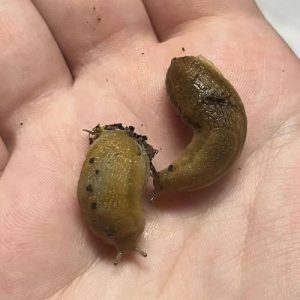American Cockroach (Periplaneta americana) is one of the most common and largest cockroach species in the world. They can measure between 3 and 5 cm in length, making them one of the biggest types of cockroaches. Their reddish-brown color and a pale yellow pattern on the top of the head make them easy to identify. These insects can live up to a year or more, depending on environmental conditions. They prefer warm, humid places such as kitchens, basements, and sewers, and are extremely adaptable—able to survive with very little food or water.
The damage they cause can be significant. American cockroaches are known to carry bacteria such as Salmonella and E. coli, which can lead to foodborne illnesses. Their droppings and secretions can trigger allergies and asthma, especially in children and sensitive individuals. They can also contaminate food by walking over it and damage packaging and stored supplies. Additionally, these pests may chew on paper, fabrics, and organic materials, causing further deterioration in homes, restaurants, or offices.
Despite their unpleasant reputation, American cockroaches have some ecological benefits in the wild. They play a role in decomposing organic matter, helping recycle nutrients back into the soil. By breaking down decaying plants and waste, they contribute to the ecosystem’s natural balance. While they are considered pests indoors, in nature they serve as part of the food chain for birds, amphibians, and small mammals—reminding us that even unwanted creatures can have a purpose in maintaining ecological harmony.





